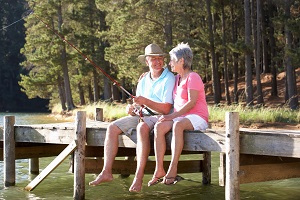Pets are our four-legged children in fur coats, but during wintery weather, even the most arctic breeds need protection from ice and snow. Keep in mind that summer isn’t the only season where dog and cat owners should be extra careful about keeping their best friends safe from the elements. Aside from looking irresistibly precious, cold-weather gear like dog jackets, booties, and lofty blankets are a necessity to keep these babies protected, and cozy. With Jack Frost nipping at most of us right now, following a few cold weather tips will keep your pets happy, and healthy all winter long.
Keep Them Inside
Remember that if you’re cold, they’re cold. When the temperature drops, and during wet weather, dogs, and cats are susceptible to hypothermia or chapped skin no matter how thick their fur is. In the same way that summer heat is dangerous, the ASPCA advises against leaving animals in the car during freezing weather as the inside of a vehicle can become like a refrigerator. Indoors with you is preferable, otherwise provide an insulated, heated shelter, and keep water dishes in a protected area to prevent them from freezing over.
Protect Those Paws
This time of year deicers, gravel, and snow can burn, and irritate paws. Much like walking barefoot would be miserable, it’s important to avoid prolonged exposure to treated surfaces, and ice or snow-covered grounds. Inspect your pet’s paws before they come inside, and rinse or wipe them with a towel to prevent tracking, and look for anything that may be lodged between their toes. If your dog doesn’t mind them, booties designed to be worn outdoors are great protection for walks and hikes.
Watch Our For Toxins
Keep items like salts, and antifreeze out of reach, and watch for spills. Antifreeze tastes sweet to dogs and is fatal if ingested. If you suspect that your pet has come in contact with these chemicals take them to your nearest emergency veterinarian immediately.
Keep it Fun
When the weather outside is frightful, and your dog has a case of cabin fever, create an interactive indoor environment with some impromptu training sessions, treat-filled toys, and puzzles, or a modified game of fetch. Consult with a trainer, or your vet, but some dogs can even be trained to walk on a treadmill if going outdoors for exercise isn’t possible.




